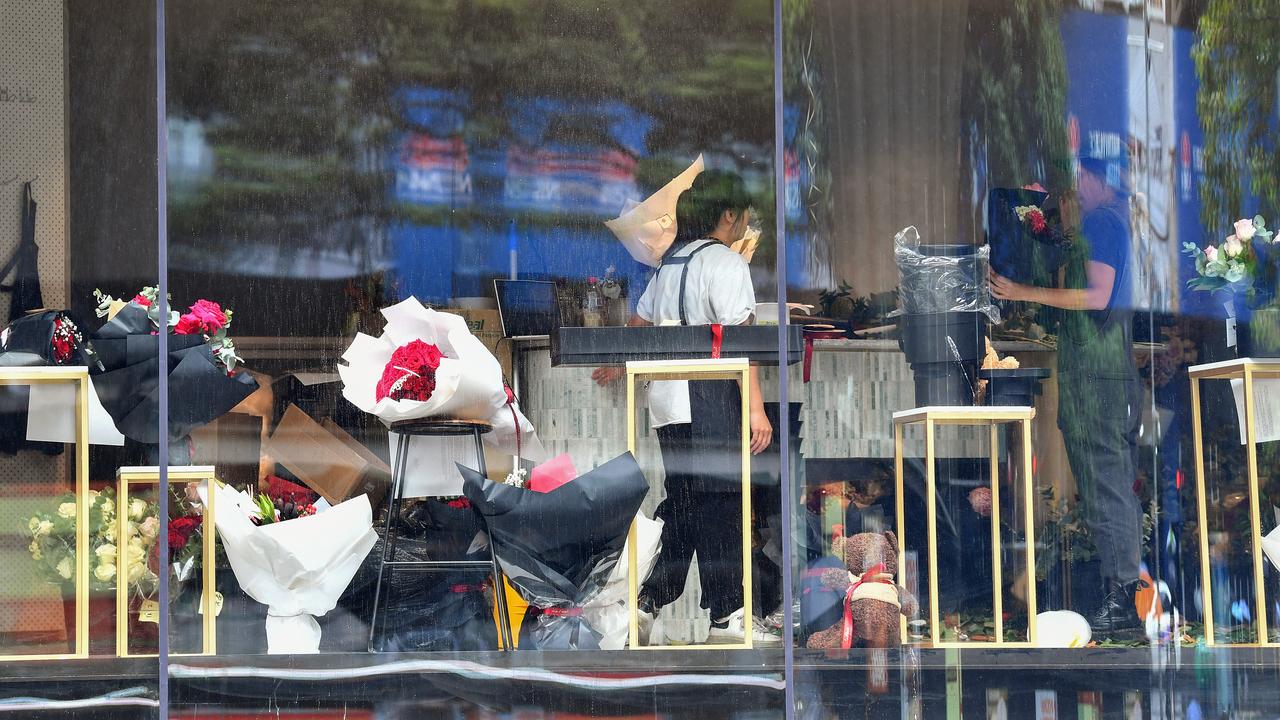
Australia’s economic growth prospects have been upgraded by an international financial body as mortgage holders await fresh inflation figures that could cement a Reserve Bank rate cut.
United Nations financial agency the International Monetary Fund on Tuesday said a modest de-escalation in trade tensions had boosted the prospects of the global economy.
The fund has raised its forecast for Australian GDP growth this year to 1.8 per cent in its July update to its World Economic Outlook, 0.1 per cent higher than its last projection in April.

Global growth is also expected to be 0.1 per cent higher at three per cent, while both the Australian and world economies received a 0.2 per cent upgrade for 2026, at 2.2 and 3.1 per cent respectively.
But despite the easing of tariff threats as countries strike trade deals with the United States, the risks to the economy remain weighted firmly to the downside, said IMF chief economist Pierre-Olivier Gourinchas.
“The current trade environment remains precarious,” he said.
“Tariffs could well reset at much higher levels once the ‘pause’ expires on August 1 or if existing deals unravel.”

IMF models suggest that would constrain the global economy by 0.3 per cent in 2026.
US President Donald Trump on Monday flagged he was considering raising the baseline tariff rate for all countries, including Australia from 10 per cent to “somewhere in the 15 to 20 per cent range”.
Despite the tariff threat, Australia’s economy is still expected to keep growing as falling interest rates give a boost to consumers.
The RBA could cut rates again as soon as August 12, with the Australian Bureau of Statistics’ all-important quarterly consumer price index print on Wednesday the potential green-light the central bank board needs to lower the cash rate to 3.6 per cent.
Westpac senior economist Pat Bustamante expects trimmed mean inflation – which is the RBA’s preferred measure – to come in at 2.7 per cent over the 12 months to June.
That is 0.1 per cent higher than RBA staff economists predicted in their May Statement on Monetary Policy.
But Mr Bustamante said that shouldn’t stop the board from cutting, given the CPI is a lagging indicator and more forward-looking indicators of inflation, such as the labour market and private demand, have softened recently.
Westpac expects the data to show a pick-up in the housing costs component, which includes electricity, accelerated in the quarter, as government energy rebates roll off.
“Where we differ from the Reserve Bank is on the unit labour cost story,” Mr Bustamante told AAP.

Governor Michele Bullock cited concerns over weak productivity growth, which despite a gradual easing in the jobs market, could contribute to higher labour costs and flow through to inflation.
But inflation has eased regardless.
That is because much of Australia’s weak productivity performance has been driven by the mining and non-market sectors, whereas the market sector excluding mining has been running at 0.8 per cent per year, closer to the long run average, Mr Bustamante said.
“We’re not as concerned as the RBA because a lot of the lower productivity outcome has been driven by sectors that don’t flow into the CPI.”